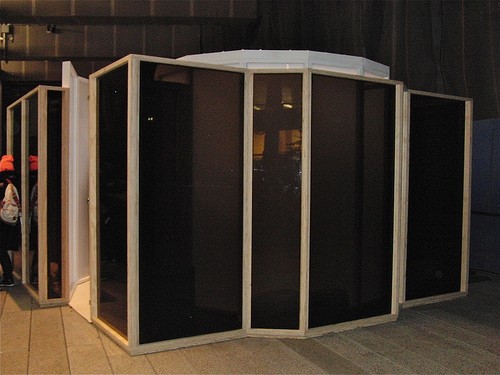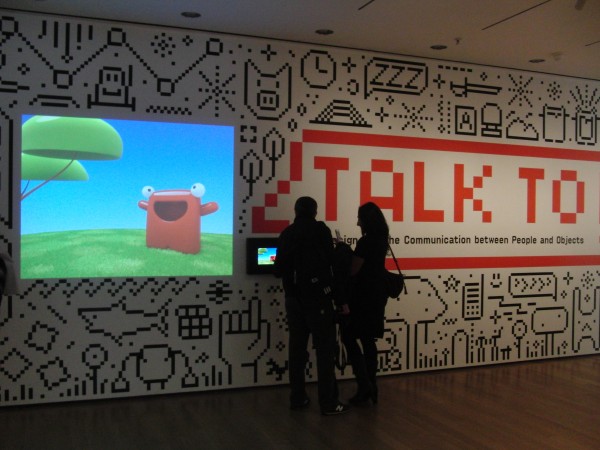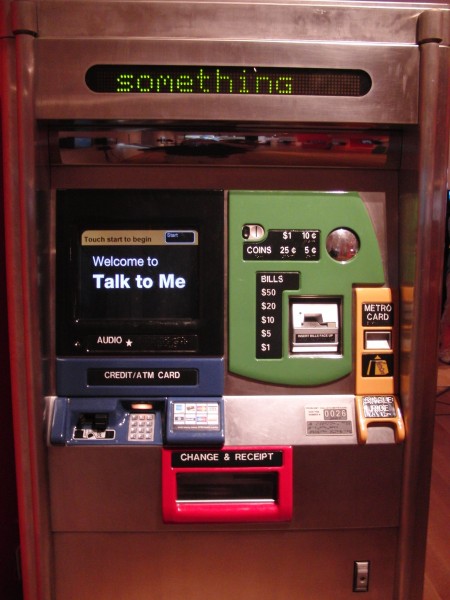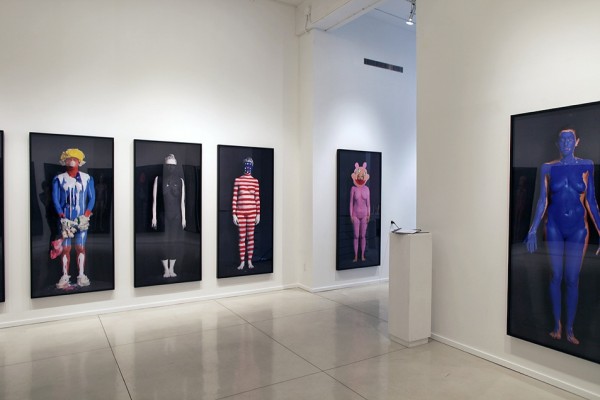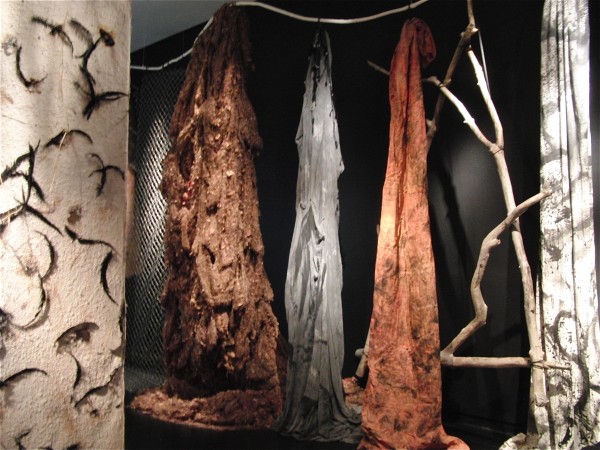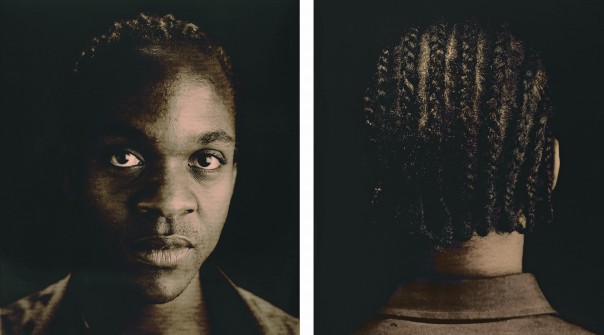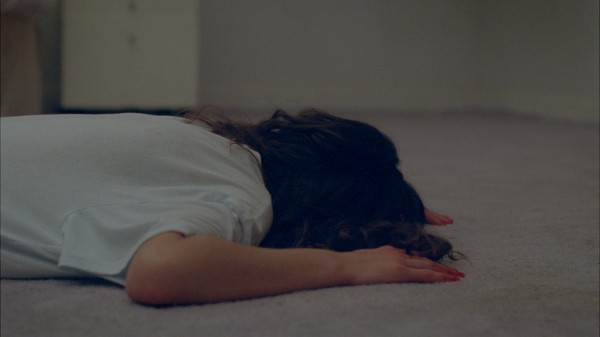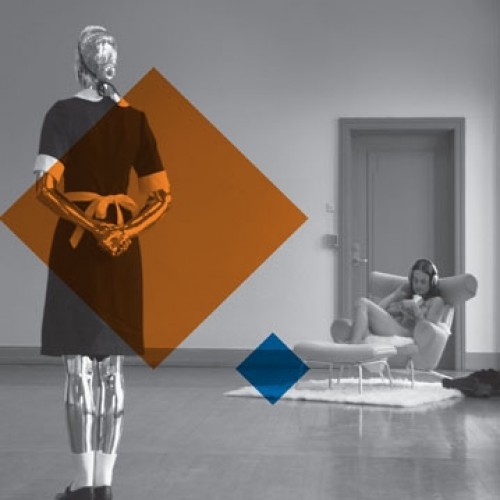
Elmgreen & Dragset’s HAPPY DAYS IN THE ART WORLD kicks off the fourth edition of the Performa biennial, which runs November 1-21 all over the city
Multiple venues in all five boroughs
November 1-21, free – $75
www.11.performa-arts.org
More than a hundred venues will be hosting cutting-edge experimental productions at Performa 11, the fourth edition of the biennial multidisciplinary arts festival being held all over the city November 1-21. Featuring art, music, dance, theater, film, architecture, and more in exciting combinations, the three-week festival consists of long-term exhibitions, special one-night stands, and other limited engagements that push the envelope of contemporary performance. Elmgreen & Dragset revisit Beckett in Happy Days in the Art World at the Skirball Center, with Joseph Fiennes and Charles Edwards. L’Encyclopédie de la parole’s Chorale turns political speeches, text messages, and movie quotes into choral works at the Performa Hub on Mott St. Rashaad Newsome holds a medieval rap joust Tournament in conjunction with his new exhibit at Marlborough Chelsea. Anthology Film Archives screens rare footage of one of Lenny Bruce’s last performances, as well as routines by Richard Pryor, Albert Brooks, and Andy Kaufman. Innovative installation artists Mika Rottenberg and Jon Kessler team up to create the chakra sauna Seven at Nicole Klagsbrun Project Space. Matthew Stone journeys into shamanism at the Hole. Mai-Thu Perret’s Love Letters in Ancient Brick at the Joyce SoHo reimagines Krazy Kat as a love-triangle dance. Dripping paint drives Jonathan VanDyke’s storefront drama With One Hand Between Us at Scaramouche. Israeli collective Public Movement choreographs public demonstrations in various parks for Positions. Daido Moriyama restages his thirty-year-old Printing Show—TKY at the Aperture Foundation. Deaf artist Christine Sun Kim will go from audio to visual with Lukas Geronimas in Feedback at Recess. Liz Glynn’s Utopia or Oblivion: Parts I and II will take place in several outdoor venues, using Buckminster Fuller’s geodesic dome as inspiration. Raphael Zarka mixes skateboarding and sculpture in Free Ride at the Performa Hub. Gerard Byrne turns the Abrons Arts Center into an interactive theater for In Repertory. Varispeed’s Perfect Lives Manhattan is an all-day performance of Robert Ashley’s opera. Performa Ha! gathers comedians and musicians at the HA! comedy club. And that’s only the first week of this outstanding collection of diverse talent and unique performances, with many of the events free.
